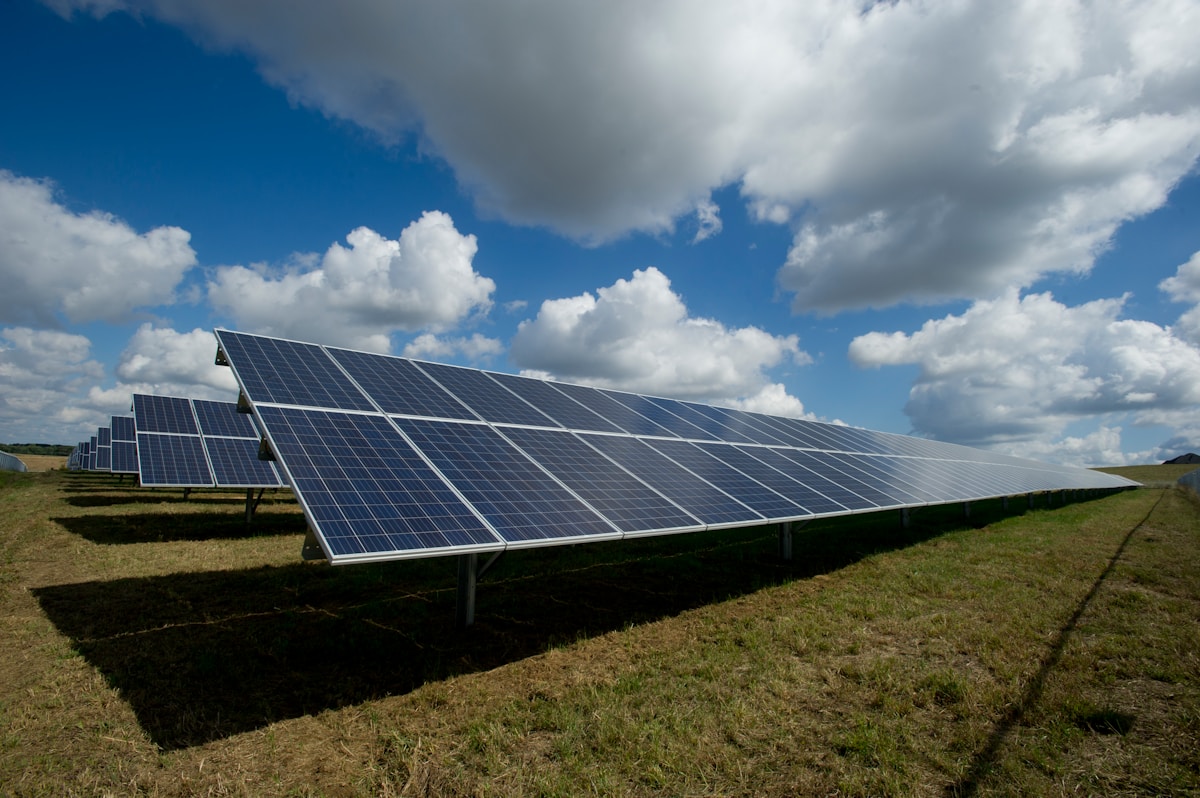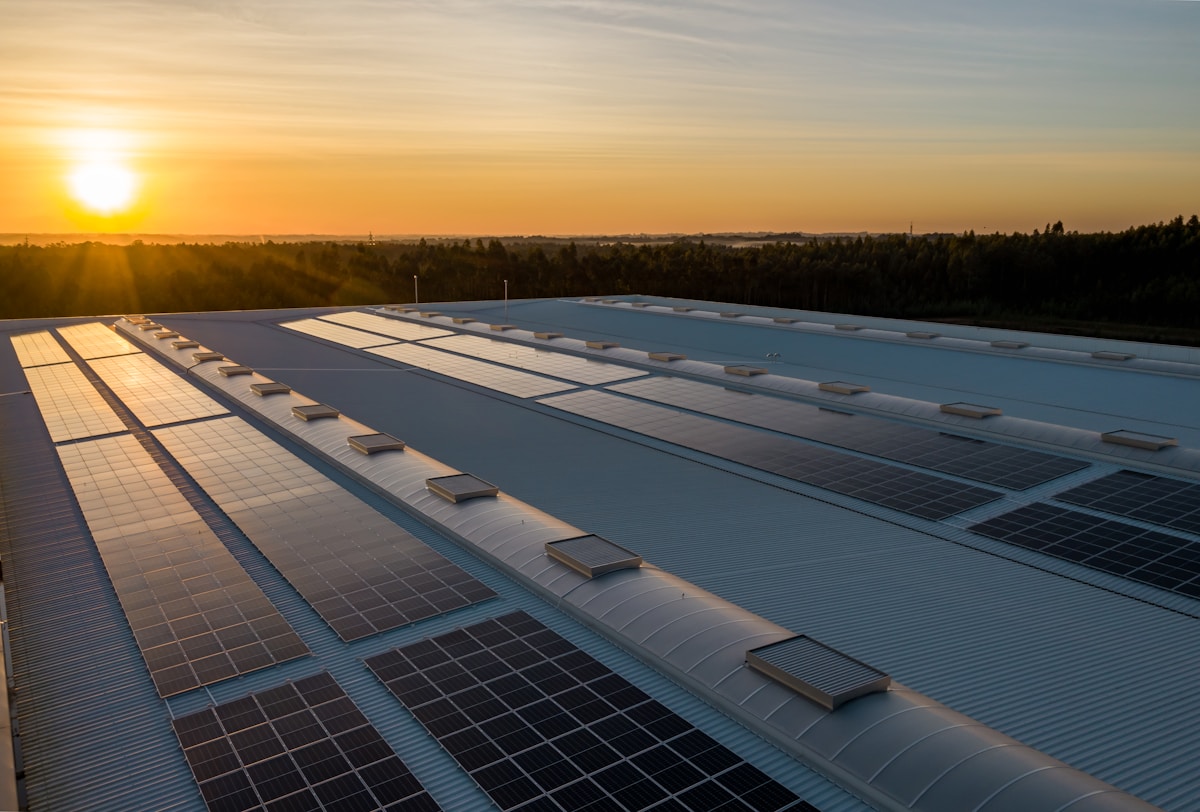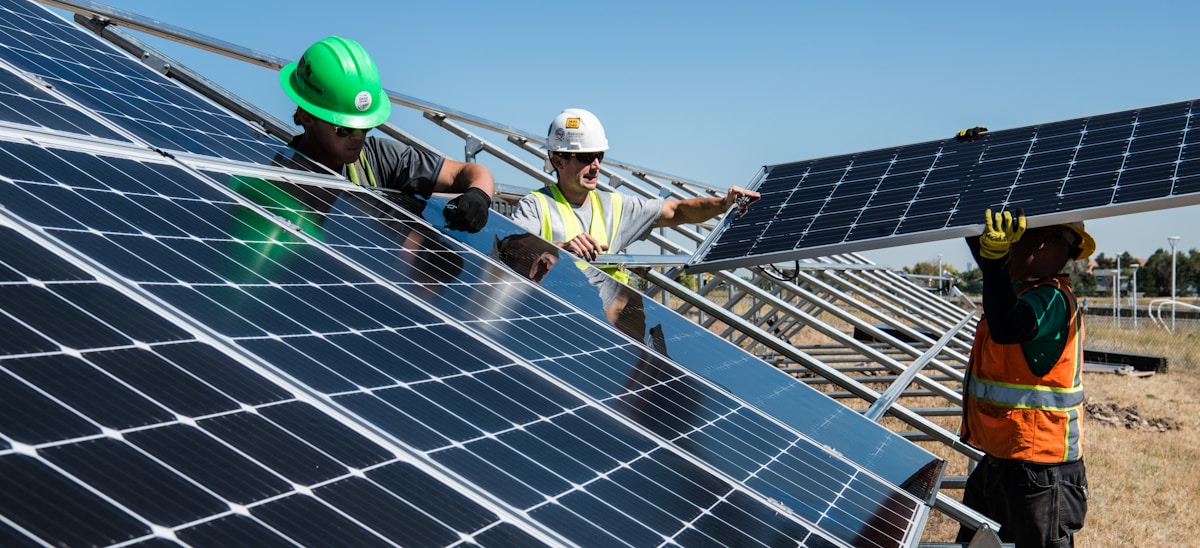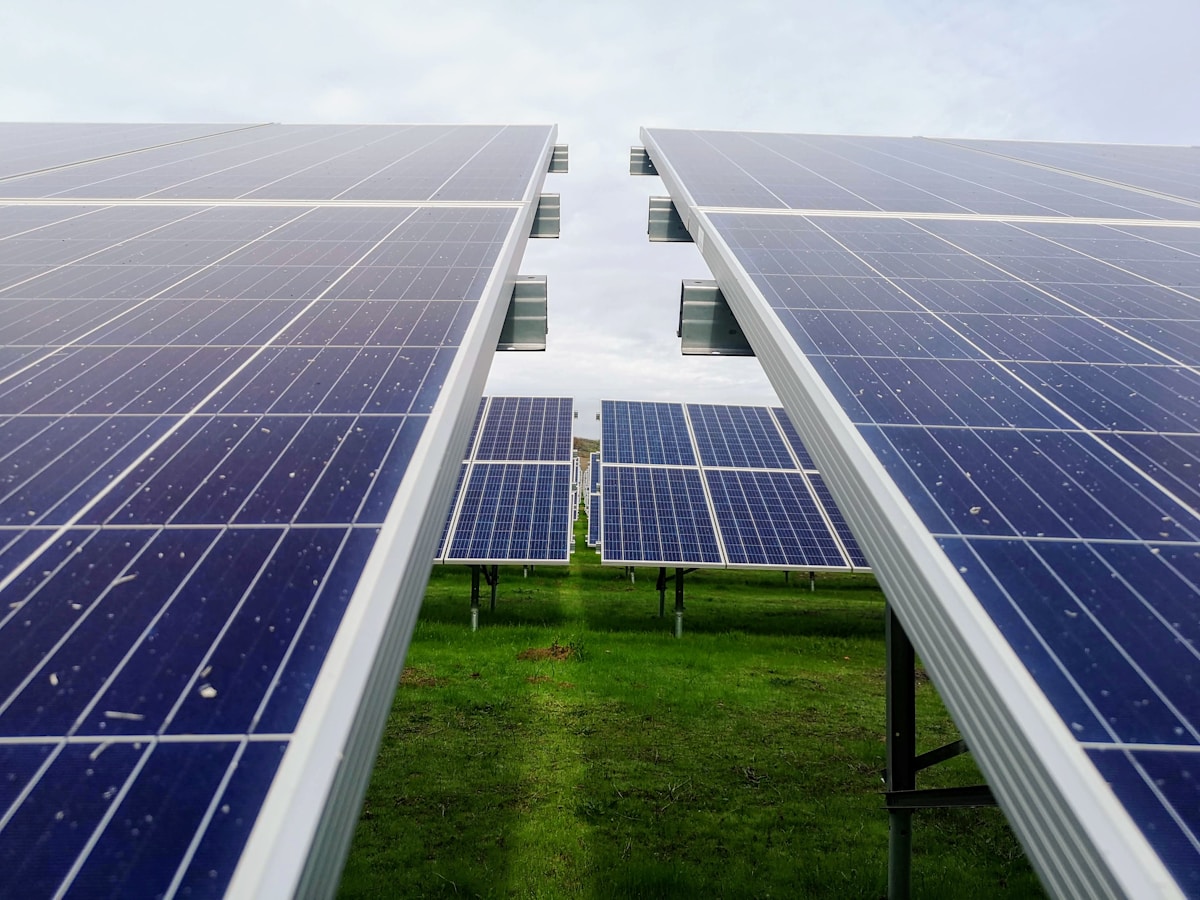Rebellion Research: Solar Energy

As fossil fuels run out and climate change exacerbates, the world has an increasing demand for renewable energy. Photovoltaic (PV) solar power, harnessing electrical energy when sunlight stimulates the production of electrical current, has attracted people’s attention for its low environmental impact and essentially unlimited supply. Despite its popularity, solar power only accounts for about 2.3% of the total electricity generation in the United States by 2020.
Source: EIA
Many of us may think that the reason why so little energy comes from solar is straightforward: solar panels are expensive. Although it used to be correct, in the past decade, economies of scale and refinement in solar technology have eliminated this assumption.

Levelized Cost of Electricity (LCOE) is a measure of the average net present cost of electricity generation during the entire lifetime of a power plant. It is used to compare different power generation methods in a consistent manner.
According to a report by Lazard in 2020, the LCOE of solar power has dropped precipitously in the past decade.

The lifetime cost of power is $31 per megawatt-hour for utility solar, much lower than fossil fuels and the lowest of all renewable energy alternatives. What is truly remarkable is the fact that the Lazard analysis doesn’t take environmental externalities into account, which means solar energy should be more economically profitable than fossil fuels even without the added benefits to the environment. So, you might wonder why solar has such a low market share.
While renewables are cheaper than fossil counterparts when considering a new plant, it does not necessarily apply to operating fossil fuel plants that already exist. The cost of producing one more unit of electricity is generally cheaper using existing fossil infrastructure than building new renewable infrastructure.
Given the start-up cost of this fossil fuel infrastructure, the economy does not allow rapid phase-out before the end of the life cycle of fossil fuel plants. In addition to infrastructure investments in fossil fuels, there is a lot of inertia in the system due to long-term contracts between utilities, energy producers, and mining companies. And because the country’s total energy use has not increased that much every year, there is not much motivation to build new renewables.

Other than market forces, there are other more practical hurdles intrinsic to solar power. The sun is not consistent throughout the day or year, and the best place for solar power generation doesn’t have many people living there. The aging US power grid is currently unable to distribute electricity from renewable sources over long distances.

But as old fossil fuel plants retire and appropriate policies are enacted, these problems would be solved.
Many economists believe that instituting a fee on carbon would facilitate the transition to renewables and ensure the polluters behave in the interest of society. The regulation could take the form of a cap-and-trade market or impose a tax on every ton of emissions produced. California, one of the earliest participants of the cap-and-trade program, successfully reduced emissions and stimulated the rise of renewable energy in the past decade.
In 2021, Biden’s administration has set a goal of achieving 100% carbon-free electricity by 2035. His proposal includes $100 billion in funding to update the country’s electric grid and $180 billion specifically for “R&D and the technologies of the future”. If passed, his plans would provide essential infrastructure and force rapid growth for the solar industry.

Meanwhile, new technological breakthroughs would provide additional impetus to solar power’s rise. Cutting-edge research by a group of physicists at the University of Oxford demonstrated that perovskite is an excellent semiconductor, which means that PV cells could be built with a simple stack of thin layers. This technology has the potential to simplify manufacture enormously and deliver much enhanced efficiency.
In the long run, solar energy would most likely overcome obstacles and realize its potential. The U.S. Energy Information Administration predicts that by 2050, 47% of renewable energy generation in the United States will be solar, which confirms the market’s confidence in the future of solar energy.